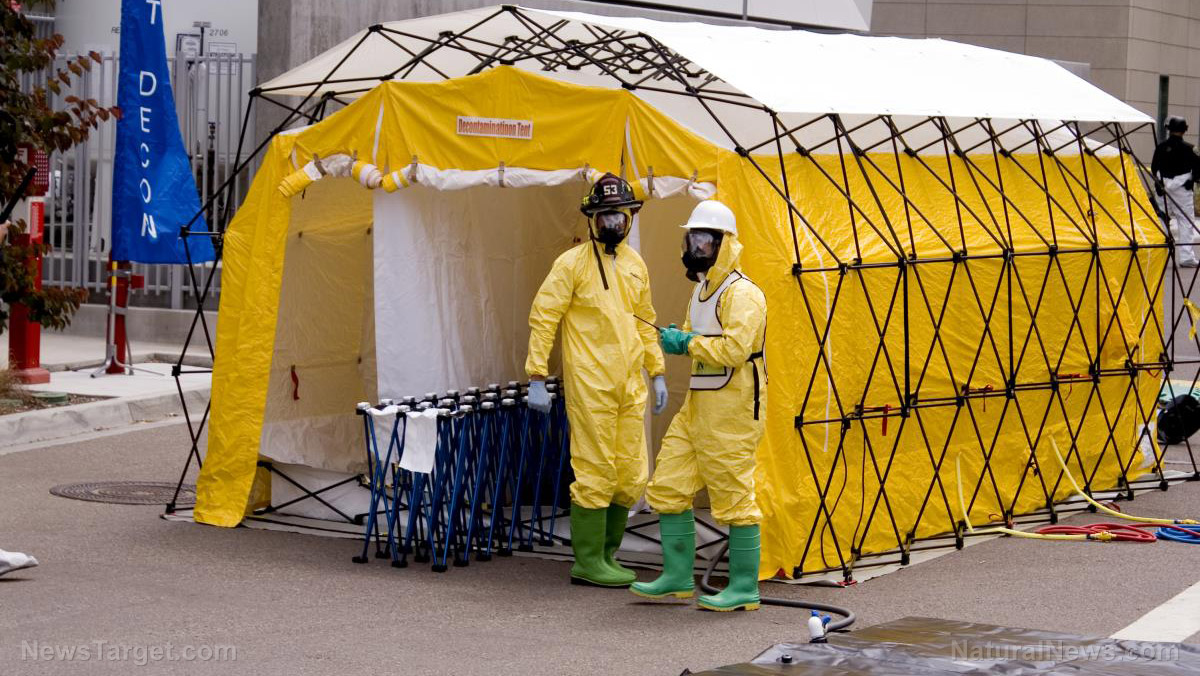
Dengue virus
Commonly found in tropical and subtropical parts of the world, the dengue virus is spread through the bite of an infected mosquito. The symptoms begin to appear four to seven days after being bitten. These symptoms include high fever, headaches, muscle and joint pain, nausea, vomiting, rashes, and swollen glands. This disease is sometimes referred to as "breakbone fever" due to the intense pain it causes to the muscles and joints. Fortunately, most people affected by dengue typically recover within a week. However, for those unlucky few with compromised circulatory systems, the illness may progress into a hemorrhagic fever that has a 20 percent death rate. Other severe symptoms that may accompany the fever include spontaneous bleeding under the skin, difficulty breathing, heightened abdominal pain, and blood in the urine, stool or vomit. To prevent the spread of dengue, you should practice good hygiene and avoid areas where there are plenty of mosquitoes.
Rotavirus
The rotavirus is a food-borne illness that is spread through the consumption of contaminated food or water. Every year, this disease kills over half a million children worldwide. While the rotavirus is deadlier in less-developed countries, it is still so prevalent that the World Health Organization believes that every child in the world has been infected with it at least once. After being ingested, the rotavirus attacks the cells of the gut lining, producing a toxin that results in adverse symptoms, such as severe watery diarrhea, fever, cramps, abdominal pain, and vomiting. However, it is the severe watery diarrhea that is the most dangerous symptom of the rotavirus as it may easily lead to severe dehydration in infants and small children. It is important that children afflicted by rotavirus are able to sufficiently replenish their bodily fluids. You can decrease your possibility of contamination by always making sure that your food comes from a clean and reliable source.
Rabies
The word "rabies" is derived from the Latin word for "madness," and with good reason. As the disease progresses, it quickly deteriorates the mental state of the infected person, leading to symptoms such as confusion, agitation, paranoia, anxiety, terror, hallucinations, hydrophobia, and general delirium. Rabies directly attacks the salivary glands, which makes the saliva the main route of infection. Rabies is frequently associated with dogs, as they are responsible for over 99 percent of cases in most countries. However, bats and some rodents may also be carriers of rabies. A person can then get infected with rabies through bites or scratches from that animal. After being bitten by a rabid animal, the infected person will not experience the first symptoms until after an incubation period of around one to three months. These symptoms include fever, headaches, and paralysis, but as soon as these symptoms appear, it is almost certainly too late to treat the rabies infection. If left untreated, rabies has a death rate of almost 100 percent. The easiest way to avoid being infected in the first place is to keep away from aggressive dogs and other animals. (Related: From rabies to salmonella: 5 diseases you can get from your pet.)
Learn more about deadly viral infections by going to Outbreak.news.
Sources include:
Please contact us for more information.






















